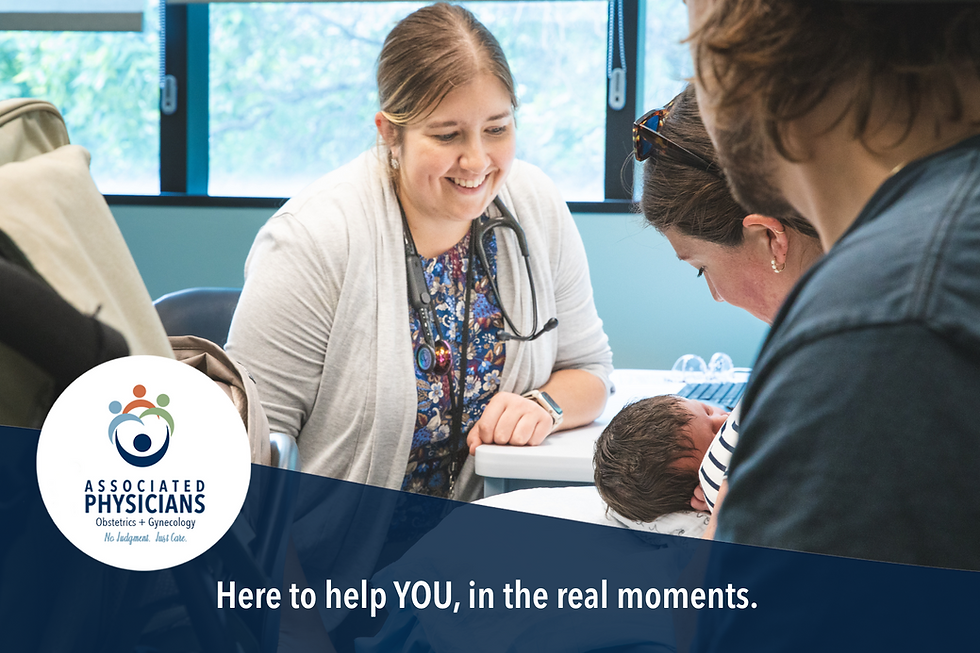#WaterSafety starts with YOU
- Aug 8, 2018
- 3 min read
Updated: Oct 18, 2019
Summer is ending and your kiddos are headed back to school soon. While it’s still warm, your little ones are probably itching to cram in some extra summer activities, right?
Well... there's something you need to know first. 👇
We’ve talked to you about sun/hot-weather safety, and the importance of staying cool and hydrated. We’ve even chatted about stranger-danger and how to keep safe when cooking outdoors. Now we want to have a serious conversation about one of the most important and overlooked topics for parents: childhood water safety.

CDC research found that about one in five people who die from drowning are children 14 and younger and, for every child who dies from drowning, another five receive emergency department care for nonfatal submersion injuries. We hate those numbers...
If you live in Madison like we do, then you know that we are surrounded by water and a community that plans activities around it. Whether it’s swimming at the Goodman Pool, having a Babcock ice cream cone at the union, firing up the fishing boat in Lake Mendota, or just a backyard freedom run through the sprinklers, water is everywhere. Even if you don’t live in or around Madison, we, your friendly neighborhood doctors, want you and your kids to have the best tools to prevent drowning.


Our friends over at, Madison based, Infant Swimming Resource (ISR) compiled thirteen parent resources and safety tips that we want to share with you.
1. “Constant, effective, adult supervision is the most critical defense against drowning. No level of aquatic skill can replace active supervision. If your child is ever missing, look in the water first.”
2. “Never leave your child alone in the bathtub or pool - not even for a second.”
3. “Do not leave the pool to answer the phone - this is the foremost distraction and is commonly stated as why the baby was left unattended - for just a second. Unfortunately, that is enough time for disaster. Bring a cell phone to the pool, install a phone jack by the pool or ignore the call. Your child is more important.”
4. “Never use flotation devices! These devices lend a false sense of security to you and your child. Studies reveal that parents whose children use flotation do not watch their children closely. In addition, the posture these devices encourage is detrimental to learning true swimming skills that could save their life. Simply resist the urge and don’t do it!”
5. “Leave a responsible adult in charge of safety. Do not delegate this task to an older sibling. This is too much responsibility and many children have drowned with their older sibling - watching them in the pool.”
6. “Never assume someone else is watching your child. If you and/or your partner are by the pool, delegate supervision to one person and then trade off watching every 10 – 15 minutes.”
7. “Every backyard pool, pond or lake should be completely fenced. The side of the house does not count as a fourth side. Install pool fencing specifically designed to keep children out or install a permanent fence around all four sides. Pay special attention to pet doors as children can be small enough to get out of it. Install high locks with chimes on every door and window and consider getting a pool alarm. The goal is to put as many barriers as possible between your child and the pool.”
8. “Do not leave chairs, ladders or other objects near the pool that would allow a child to climb the fence.”
9. “Make sure all windows of your house provide a clear view of the pool, so you could easily spot a child who made his way to the pool unattended.”
10. “Consider: Survival Swimming Lessons. A moment's inattention does not have to cost a child his life. ISR's Self-Rescue™ training is an added layer of protection, teaching your child water survival skills in a completely safe environment.”
For more information about ISR swimming lessons click HERE!
11. “Perform CPR If an emergency happens. It is essential parents and families are prepared, so learn to perform CPR on children and adults and remember to update those skills regularly.”
12. “Keep the pool clean. Cloudy or murky water can be a hazard.”
13. “Water levels should be 3-4 inches from the top to make climbing out easier.”
Follow ISR on Facebook for more great information about water safety, swimming lessons, and keeping your kiddos afloat. 😉⚓

Take the Pool Safely Pledge and get a FREE Pool Safely Toolkit!
Want more on Water Safety? Click below!





Comments